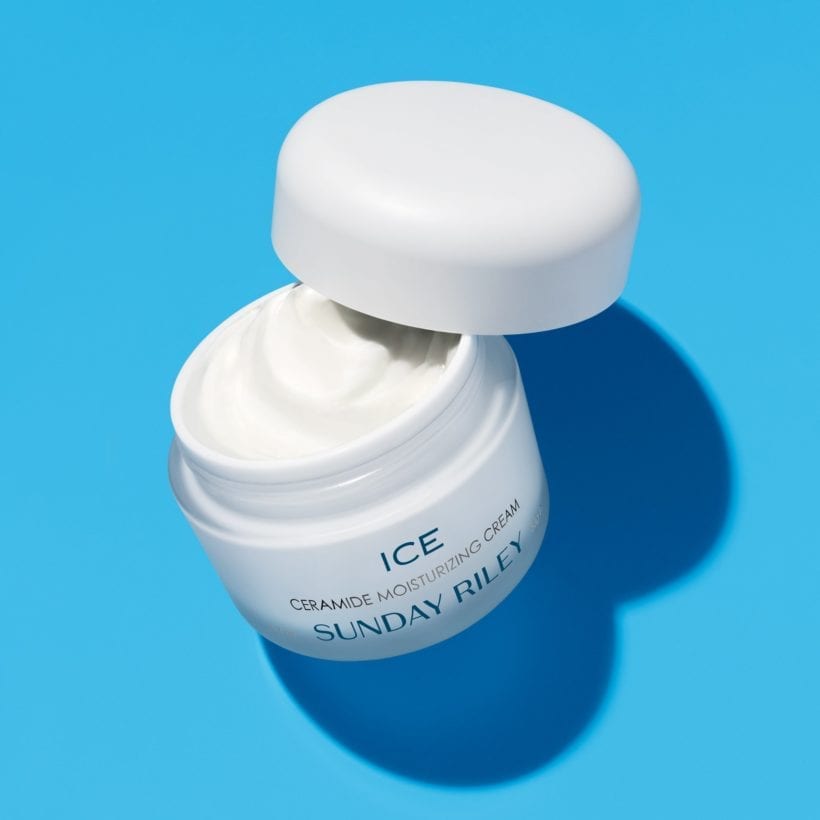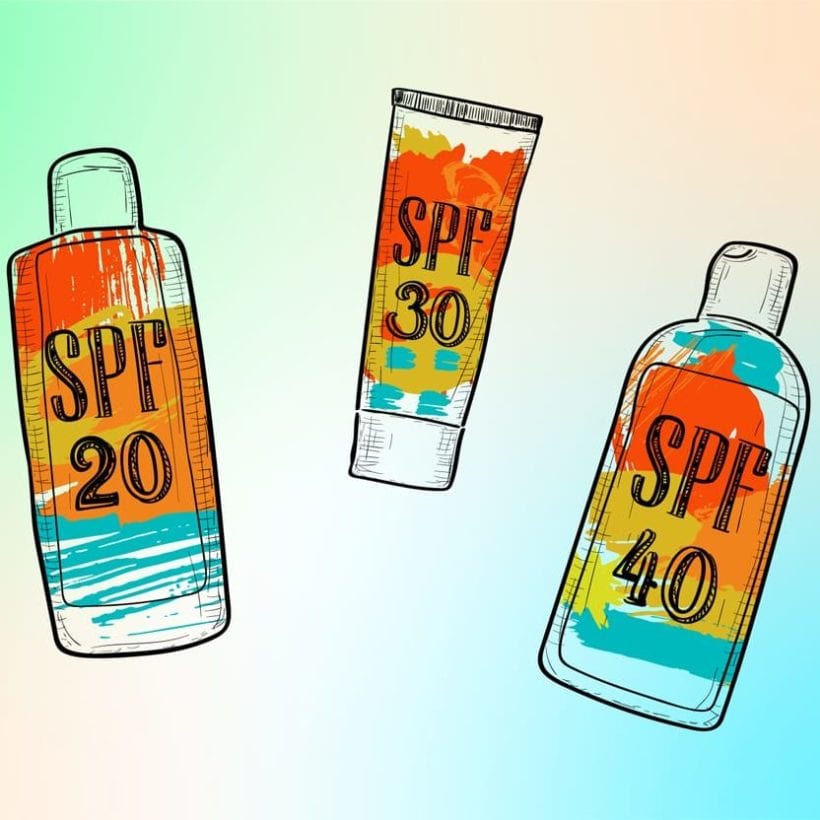The reality is that even the most diligent of SPF users can still experience sunburn. You forget to reapply in time. You miss a hard-to-reach spot on your shoulder. The sun was just too intense. Whatever the reason, that heat in your skin is increasing like an alarm on your body, signaling that you’ve gone too far. You’re burned. So, what should you do?
Meet the Experts
Dr. Saurabh Singh treats adults and pediatric patients with medical, surgical and cosmetic dermatology needs and is the co-founder of skintap.com.
Let’s start with what a burn is and why you must treat it. “When you get burned, the skin cells are damaged or destroyed depending on the burn severity,” explains Dr. Saurabh Singh, dermatologist and co-founder of skintap.com. A mild sunburn means redness and some pain that resolves after a few days, while a severe burn has blisters, swelling, and more intense pain. You might also have fever, chills, headache, or dizziness. Whether you have a mild or severe burn, it’s important to take action immediately “to help the damaged skin heal and hopefully minimize the amount of scarring.” By assisting the body’s inflammatory response, you can help reduce the damage.
Heal the Burn: What to Do
“It’s important to act quickly; it will make a big difference,” says Dr. Singh. Immediately find shade or cover-up at the first sign of redness. Then you can start treatment, ideally with aspirin. “If you take it early, aspirin can have tremendous anti-inflammatory effects,” he says. But it must be taken in the first few hours after a burn begins. He recommends cold compresses and topical hydrocortisone cream for the skin and staying well-hydrated from the inside out.
“Once the burn sets in, I typically prescribe Silvadene cream [which is a topical antibiotic] to help prevent infection and aid in healing,” says Dr. Singh. “For minor burns, I like Aquaphor, and I tell patients it is important to keep the area greased up as much as possible.” Ingredients to look for in an after-sun gel or lotion include aloe vera, vitamin E, hyaluronic acid, ceramides, and tea tree oil. Stick your Sunday Riley Ice Ceramide Moisturizing Cream in the fridge, so the cooling effect provides extra soothing benefits for your skin. Also, keep the hydration up (double your water intake because the body will be drawing water to the burn area) and avoid alcohol, which will dehydrate the body and also increase inflammation.

If you get blisters, leave them intact, especially if they are small. But if they are very large or painful, Dr. Singh says that as a last resort, you can “sterilize a needle and puncture the side of the blister. Then gently push down to release the fluid. Do your best not to tear or rupture the blister roof. The roof serves as a natural biologic dressing and will aid in the healing process.” You can repeat this process if the blister reappears the next day. But keep in mind that popping a blister is not the fastest or most effective path to healing, and it’s easy to puncture healthy skin accidentally.
Another tell-tale sunburn symptom: Peeling. The skin peels to shed the damaged cells, so it’s a sign that you’re healing. “Once the skin starts peeling, I recommend moisturizers and topical emollients until you feel like you are back to your baseline.”
Heal the Burn: What to Avoid
The first thing to avoid: More sun. Burnt skin is more sensitive to UV damage. “Don’t add insult to injury,” advises Dr. Singh. Also, avoid hot showers or baths until the skin has healed. Luke-warm or cold (if you can handle it) is the way to bathe.

Also, try not to peel peeling skin (as tempting as it may be) and don’t exfoliate the area. Let the body determine when the damaged cells are ready to come off naturally. “I recommend moisturizing frequently to help with peeling skin,” says Dr. Singh. On the topic of moisturizers, are there any to avoid? For starters, “Products with fragrances and multiple ingredients are not recommended. You don’t know what will irritate already damaged skin.” For example, cooling menthol should be avoided as it could irritate. As should oil- or petroleum-based products because they can trap heat in the skin, increasing inflammation. Products with ingredients that end in -caine (lidocaine, benzocaine) may irritate the skin further, so these should also be avoided.
Of course, the best thing for the skin is to not burn in the first place. Even mild burns can contribute to premature aging and increase your risk of skin cancer. Always remember Sunday Riley Light Hearted Broad Spectrum SPF 30 before sun exposure and reapply throughout the day. Better SPF’d than sorry.
We only recommend products we have independently researched, tested, and loved. If you purchase a product found through our links, Sunday Edit may earn an affiliate commission.









